Honda Civic: The Best-Selling Honda of All Time
In the 1960s, Honda established itself as one of the world’s leading motorcycle manufacturers, so the executives decided to venture into automobiles.
After a few successful models, the Japanese company introduced the first Honda Civic to the market in the summer of 1972. Since then, over the course of five decades, the Civic has become the best-selling Honda of all time. It is also the fifth best-selling car in history, with over 27 million units sold worldwide.
For many years, the Honda Civic has maintained its position as the leader in the compact and midsize sedan segment in major markets, including North America, Asia, and many other regions around the world. According to an article in the Tuoi Tre, the Honda Civic has been the best-selling sedan in the United States for the past six years and has dominated the compact segment for 12 years.
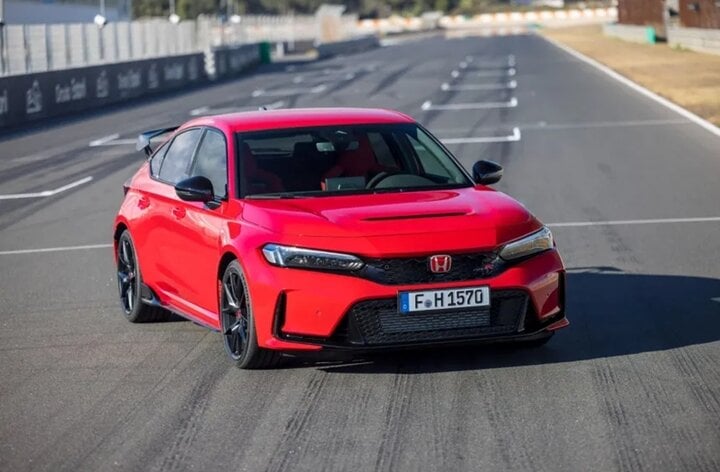
(Photo: Autoevolution)
Throughout its history, the Honda Civic has proven to be an affordable, reliable, and high-quality vehicle. It has now entered its eleventh generation with multiple variants and editions, including the Civic Hatchback and Civic Type R.
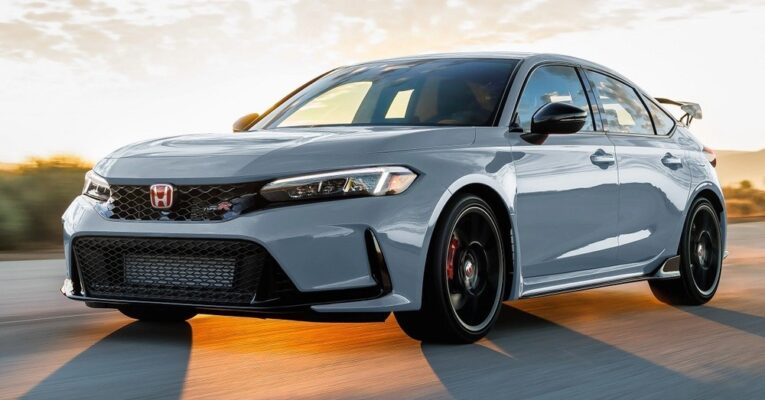
Honda Civic Type R
Not Well-Received in Japan
While the Honda Civic has been a global success, it has not been warmly welcomed in its home market of Japan. An article in the Tuoi Tre points out several main reasons for this:
Japanese consumer preferences: Japanese consumers are indifferent to sedans due to expensive real estate, limited parking space, congested city traffic, and reliance on imported oil. The Japanese government encourages the use of public transportation instead of private cars.
Preference for multipurpose vehicles: Minivans like the Toyota Alphard are more popular than the Honda Civic because of their versatility and practicality. Urban families in Japan prioritize convenience and spaciousness due to limited parking spaces.
Preference for kei cars: Kei cars like the Honda N-Box are favored by the Japanese due to their compact size and lower taxes. They are a popular choice among Japanese citizens, especially in the context of limited space and costs.
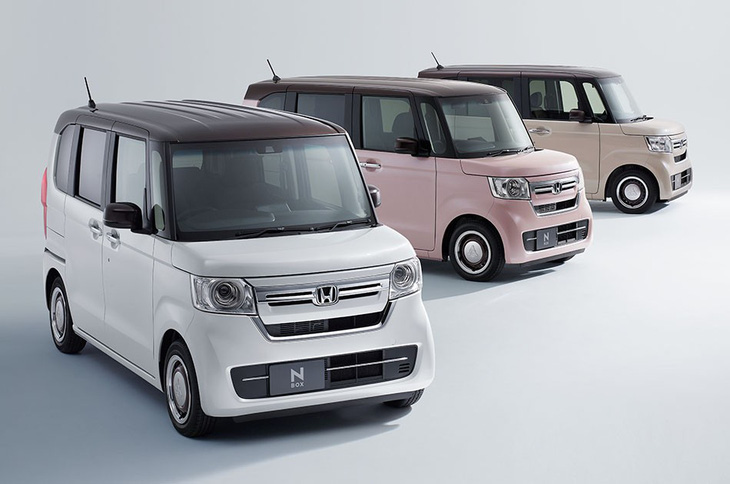
The Honda N-Box exemplifies kei cars – the most popular car type in Japan today – Photo: Honda
Price:
Due to all these reasons, the Honda Civic cannot compete successfully with other popular models in the Japanese market, despite its status as a best-selling and highly regarded car in many other countries around the world.
Why Did the Honda Civic Become the Best-Selling Honda of All Time?
Although it has not been well-received in its home market of Japan, the Honda Civic has gained widespread popularity worldwide, especially during the peak period of the sedan segment.
This can be attributed not only to its combination of reasonable price, low ownership costs, and high resale value, but also to many other advantages in terms of technical design. It caters to both individual customers and businesses, from first-time drivers to seasoned drivers who enjoy an exciting driving experience.
Design and dimensions: The Honda Civic features a sporty, youthful, and stylish design with large dimensions that provide a sense of prestige and luxury.
Honda equips the Civic with relatively large dimensions, with current dimensions of 4,678 x 1,802 x 1,415 mm and a wheelbase of 2,735 mm. Its sharp, powerful lines exude youthful vitality while also embodying the solid and sturdy style of the Honda Accord, the “big brother” of the Civic.
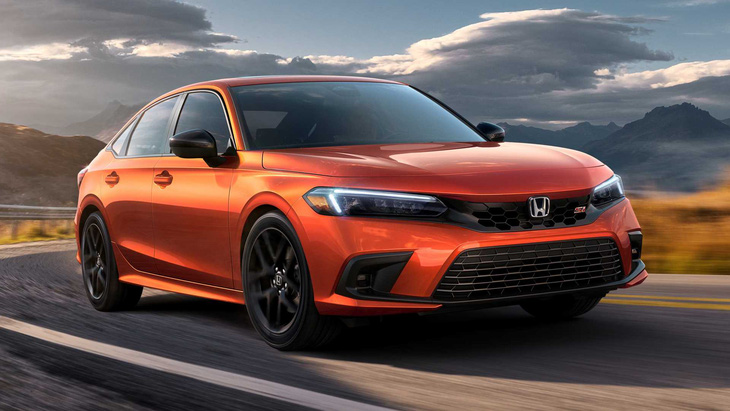
Spacious cabin with high-quality materials: The Civic offers a spacious interior with a larger wheelbase than its competitors, ample rear seating, and flexible cargo storage options.
While most competitors have a wheelbase of around 2700mm, the Civic boasts a wheelbase of 2,735mm, creating a spacious and roomy interior.
Exciting driving experience with a powerful engine: The Honda Civic is powered by a 1.5L Turbo DOHC VTEC 4-cylinder inline engine (176HP/240Nm), a continuously variable transmission (CVT), and front-wheel drive.
Convenience and technology: This model is equipped with modern entertainment and advanced driver-assistance systems, such as the Honda Connect infotainment system and digital amenities.

First-class fuel efficiency: The ECON Mode and Eco Coaching modes provide users with options to optimize fuel costs. According to the manufacturer’s announcement, the Civic has a fuel consumption rate of 8.1 liters/100km in urban areas, 4.8 liters/100km on highways, and 6.1 liters/100km combined. In fact, the fuel consumption of the 1.5 Turbo engine is even lower than these figures.
Impressive safety system: The Honda Civic has a 5-star ASEAN NCAP safety rating with the advanced Honda SENSING safety package, which includes 6 outstanding features:
Adaptive Automatic High-Beam Headlights (AHB)
Collision Mitigation Braking System (CMBS)
Adaptive Cruise Control with Low-Speed Follow and Road Departure Mitigation (RDM)
Lane Keeping Assist System (LKAS)
Lead Car Departure Notification (LCDN)
The RS variant also features Lane Watch, a lane-watch camera.
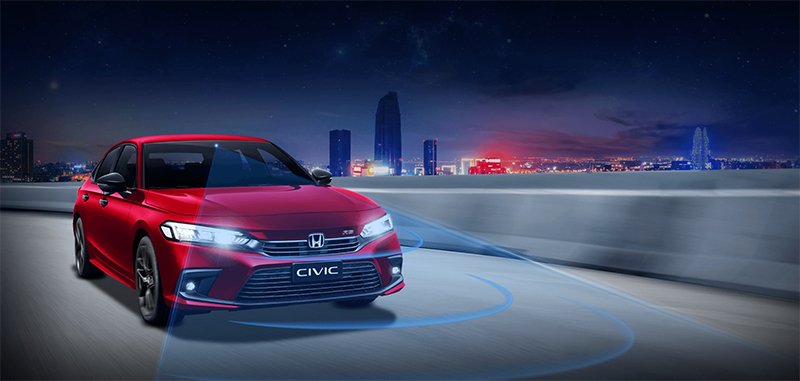
The combination of these factors has made the Honda Civic a popular choice in the global market, despite some negative opinions in Japan due to specific consumer preferences and usage conditions.












